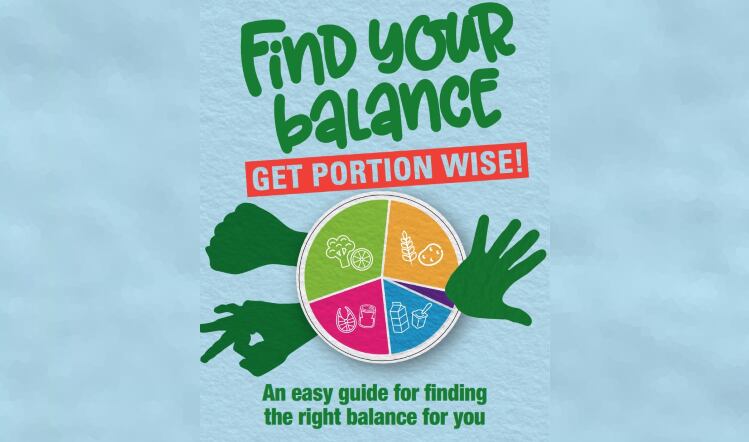A report from Public Health England (PHE), published in January, confirmed a significant downward trend in intakes of most vitamins and minerals for most age groups between 2008–17, including vitamin A, riboflavin, folate, iron, calcium, iodine, potassium and zinc. There was also an increase in the proportion of people with low intakes.
Measuring nutrient markers in blood or urine avoids the chance of misreported dietary intake. Blood folate levels decreased significantly over the nine-year period – the prevalence of levels indicative of risk of anaemia rose by 19 and nine percentage points respectively in 11- to 18-year-olds and adults.
Red blood cells
There was also an increase in the proportion of women of childbearing age (16 to 49 years) with a red blood cell folate concentration below the threshold for an increased risk of a pregnancy being affected by a neural tube defect – from approximately two-thirds in 2008/09 to almost 90% in 2016/17.
Average blood vitamin D was low in all age groups, particularly during the winter months: 19% of four- to 10-year-olds, 37% of 11- to 18-year-olds and 29% of adults had levels indicative of deficiency risk.
Other concerns
Also of concern, average fibre intakes remained well below recommendations in all age groups, and there was no improvement in the proportion eating five portions of fruit and veg a day, which remains low at about 30% of adults and around 10% of 11- to 18-year-olds.
On the positive side, intakes of fat have remained in line with recommendations and trans fat has fallen substantially. Free sugars consumption has fallen, especially among children, and salt (measured as dietary sodium) fell significantly in all age/sex groups.
So, some positive news – but there is plenty of room for improvement in terms of overall diet quality.




